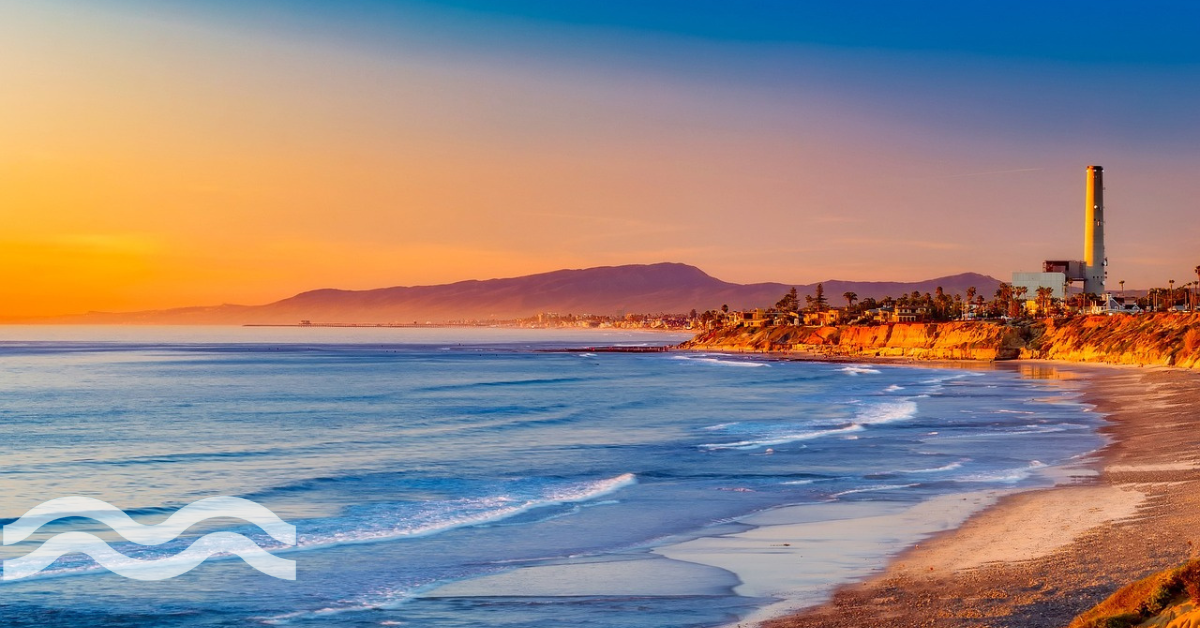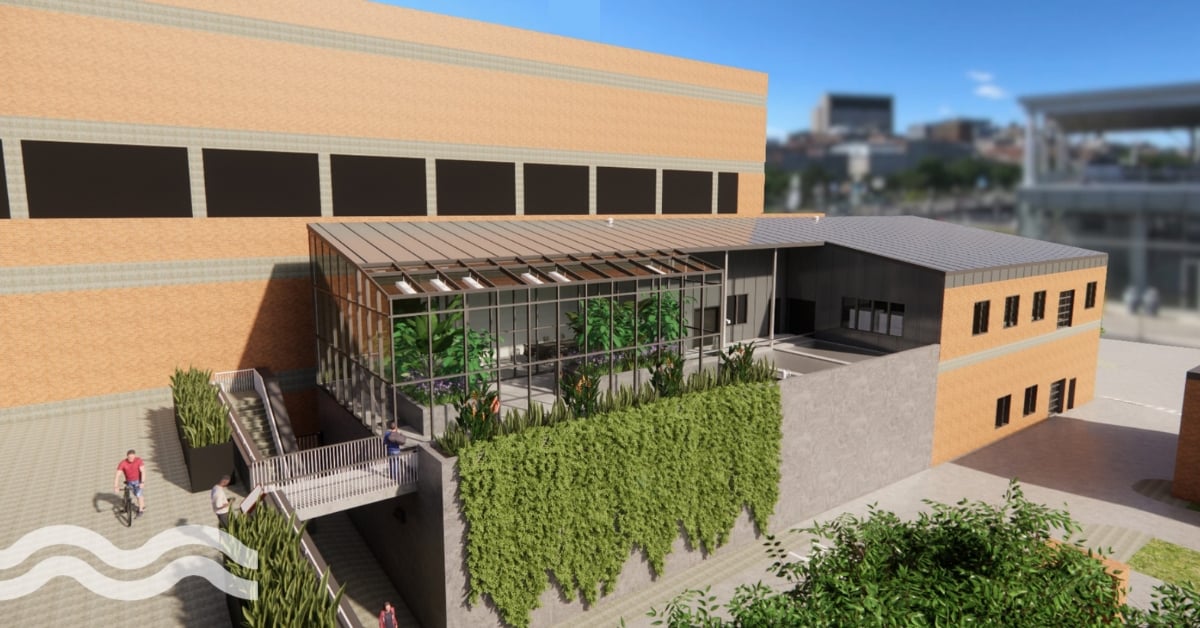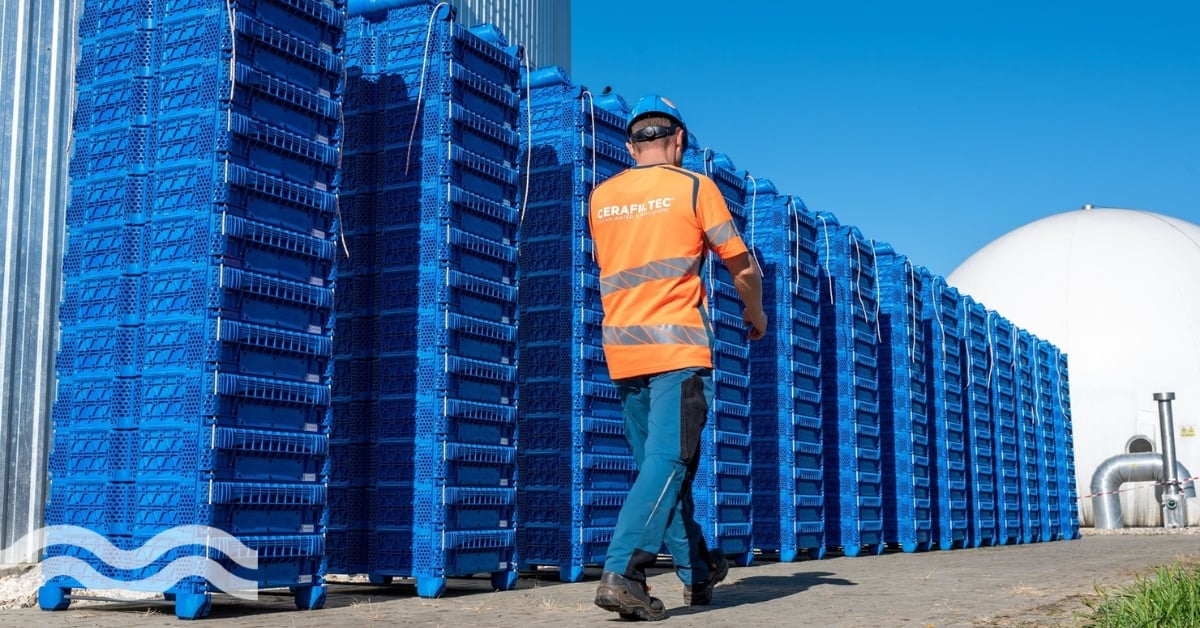Direct potable reuse: Can California lead America’s new water revolution?

The California State Water Resources Control Board (SWRCB) unanimously approved direct potable reuse regulations (DPR). We look at why this is significant for California and beyond and whether California can lead America’s new water revolution.
California’s new DPR regulations
California's State Water Resources Control Board recently approved comprehensive DPR regulations, allowing treated wastewater to be fully treated, distributed and recycled as drinking water.
The final version of the regulations came together over many years and after an expert panel of 12 scientists and engineers evaluated work by the board’s Division of Drinking Water and determined the standards are protective of public health. Proposed regulations were released to the public in July; board staff gathered public comments and made adjustments based on that input.
These revisions include added flexibility for alternative treatment techniques and clarifications about the collaboration among partner agencies on reuse projects.
“On top of helping us build drought resilient water supplies, DPR offers energy savings and environmental benefits,” said E. Joaquin Esquivel, chair of the California State Water Board.
“And most importantly, these regulations ensure that the water produced is not only safe, but purer than many drinking water sources we now rely on.”
What is direct potable reuse?
DPR is a water treatment process that involves the purification of wastewater to a level suitable for drinking water without the need for an environmental buffer, such as a reservoir, groundwater recharge or dilution with surface water (indirect potable reuse).
The process typically involves advanced water treatment technologies, including various stages of filtration, disinfection, and advanced oxidation processes to remove contaminants and ensure the water meets stringent water quality standards. This treated water is then blended with the existing drinking water supply or distributed directly to consumers.
Direct potable reuse is considered a sustainable and innovative approach to water resource management, especially in regions facing water scarcity or drought conditions. However, its implementation often involves rigorous regulatory and safety considerations to ensure the protection of public health and the environment. Public acceptance and understanding of the safety and reliability of technology are also crucial factors in the successful adoption of direct potable reuse projects.
Overcoming hurdles: the “toilet to tap” phrase
With the new regulations now in place, there are two major hurdles to overcome before California fully embraces its water reuse potential. The first issue is the public perception and media infatuation with the phrase “toilet-to-tap”, which dates back to when former councilperson Joel Wachs ran for Los Angeles mayor in 2001.
A key part of his platform was opposition to water recycling. He used the toilet-to-tap expression to oppose water reuse. Wachs lost in that election, but the damage was done. That completed project cost more than $55 million in the 1990s and was mothballed for decades because of the bad PR from Wachs. To this day, Los Angeles only gets about two per cent of its water supply from recycled water.
Another challenge is funding, which is hindering major transformation in water reuse efforts in California. Despite some investments, significant state and federal funding is needed. Currently, high project costs pose affordability issues, particularly for low-income residents.
While California has provided modest funding for water reuse in the past decade, and the federal government has focused on low-interest loans, these efforts fall short. It will need investments that are one to two orders of magnitude greater to truly make a difference.
Only with increased funding can the state overcome cost barriers and ensure that water reuse becomes accessible to all Californians.
Lessons learned from Namibia
California could learn a lot from Namibia, a nation well known for being one of the pioneers in DPR and treating wastewater for drinking for many years.
In 1960, Windhoek, its capital, struggled to support a quickly growing population. Increased demand put groundwater supplies under stress, and severe water shortages forced the city to innovate.The Goreangab Water Reclamation Plant (GWRP) became the first in the world to produce purified drinking water directly from sewage water, after eight years of pilot studies. Today, the plant produces up to 35 per cent of the city’s consumption.
Namibia has led the charge in addressing a major hurdle for DPR by gaining public acceptance. With drought and water scarcity becoming increasingly urgent worldwide, other regions are taking note and following suit.
Concerns among the public are valid, especially regarding the presence of chemicals and pharmaceuticals in wastewater. To win public support for water reuse projects, it's crucial to implement monitoring programmes demonstrating that advanced treatment methods, like reverse osmosis and advanced oxidation/disinfection, effectively remove Contaminants of Emerging Concerns (CECs) from reclaimed water.
Building trust will require a few years of consistent evidence showing that CECs are not passing through in water of suitable quality for indirect or direct potable reuse.
Real-time monitoring
Currently, DPR regulations only mandate real-time monitoring of certain indicators like total dissolved solids, total organic carbon, temperature, and pH. However, this falls short of assuring the public of pathogen-free water from DPR facilities. There's a risk of errors, maintenance issues, or flaws in treatment systems leading to CEC or pathogen presence, even in well-designed facilities.
Although the SWRCB acknowledges the importance of monitoring CECs and pathogens in real-time, they haven't expanded monitoring requirements. However, after extensive discussions, the SWRCB board approved a general directive for staff to provide progress reports on the DPR programme annually.
This may prompt further discussions on enhancing monitoring to ensure consumer confidence and guarantee the reliable operation of advanced water recycling facilities.
The future
California stands at the forefront of a new era in water management. This milestone not only holds significance for California but also offers valuable lessons for other regions grappling with water scarcity worldwide.
Looking to pioneers like Namibia, which has successfully embraced DPR for decades, provides valuable insights. By addressing public concerns, implementing rigorous monitoring and securing adequate funding, California can lead America's water revolution and set a global example for sustainable water management.
As California moves forward with its DPR regulations, continued dialogue, collaboration and commitment from stakeholders will be crucial in realising the promise of water reuse and securing a more resilient water future for generations to come.


